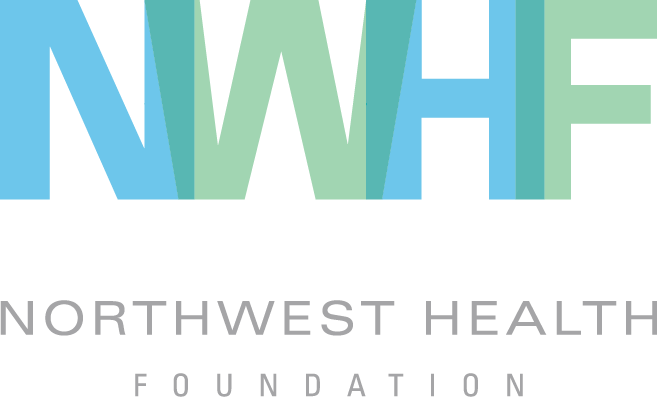From the website:
A Woman’s Nation Pushes Back from the Brink will examine the rates of financial insecurity among American women and the children who depend on them, investigate the impact of it on our nation’s institutions and economic future, and promote modern solutions to help women strengthen their financial status.
Download the report and executive summary here.
More:
The most common shared story in our country today is the financial insecurity of American families. Today, more than one in three Americans—more than 100 million people—live in poverty or on the edge of it. Half of all Americans will spend at least a few months churning into and out of poverty during their lifetimes. This economic immobility and inequality is a systemic and pervasive problem that President Barack Obama recently described as “the defining challenge of our time.”
The Shriver Report: A Woman’s Nation Pushes Back from the Brink reveals this national crisis through the eyes of women. In an era when women have solidified their position as half of the U.S. workforce and a whopping two-thirds of the primary or co-breadwinners in American families, the reality is that a third of all American women are living at or near a space we call “the brink of poverty.” We define this as less than 200 percent of the federal poverty line, or about $47,000 per year for a family of four.
Forty-two million women, and the 28 million children who depend on them, are living one single incident—a doctor’s bill, a late paycheck, or a broken-down car—away from economic ruin. Women make up nearly two-thirds of minimum-wage workers, the vast majority of whom receive no paid sick days. This is at a time when women earn most of the college and advanced degrees in this country, make most of the consumer spending decisions by far, and are more than half of the nation’s voters.
This report details three major cultural and economic changes over the past 50 years that work against women and our economy:
While women represent a majority of college graduates, they are also more likely to work in poorly paid “pink-collar” service and caregiving occupations that leave them financially insecure. That’s because even though this job sector is among the fastest-growing sectors in the United States, there is a shocking lack of wage increases and benefits in it.
The American family has permanently changed, and women head up more families on their own. More than half of the babies born to women ages 30 and younger are born to unmarried mothers, most of them white. In our poll, nearly two-thirds of Americans and 85 percent of Millennials believe that government should adapt to the reality of single-parent families and use its resources to help children and mothers succeed, regardless of family status.
For women today, a post-high school degree is a ticket into the middle class, but that education is increasingly harder to obtain. In our poll, women living on the brink said they overwhelmingly regret not making education a bigger priority.
Failure to adapt to these real transformations in American culture not only leaves millions of women and their families in jeopardy, it also deprives our economy of a huge spending stimulus from the tens of millions of women eager to have money to spend on their families and in their communities. Closing the wage gap between men and women would cut the poverty rate in half for working women and add nearly half a trillion dollars to the national economy. But it goes even deeper than that. Studies show that for children, the trauma and chronic stress of poverty are toxic and have lifelong health impacts—physical, emotional, and mental.
Today’s challenges require new solutions, so we present a combination of public, private, and personal recommendations that can help reignite the American Dream for women and their families. We have brought together the best and brightest minds and challenged them to collaborate with us to develop fresh thinking around these issues. Taken together, these ideas present a modern social architecture designed to make individuals, businesses, and government stronger, more innovative, and better tailored to the realities of today’s hardworking families.
The report details a set of public policies that, if adopted, would boost women’s potential as breadwinners: a higher minimum wage, improved access to work and income supports, and better opportunities to access medium- and high-paying jobs. Additionally, women need policies that support their breadwinning and caregiving responsibilities. An overwhelming 96 percent of single mothers in our poll say paid leave is the workplace policy that would help them most, and nearly 80 percent of Americans say the government should expand access to high-quality, affordable child care.




